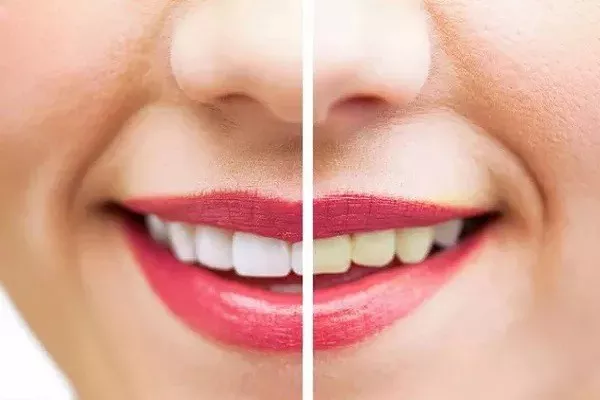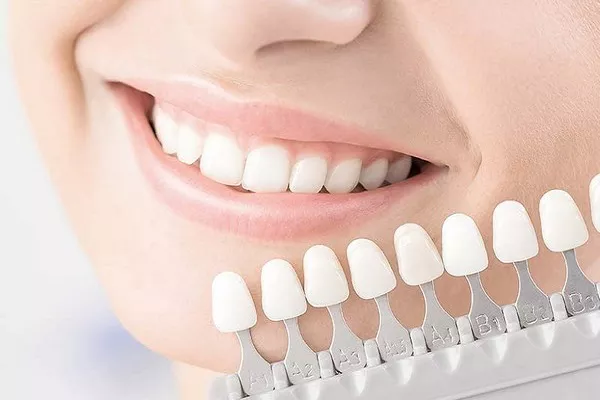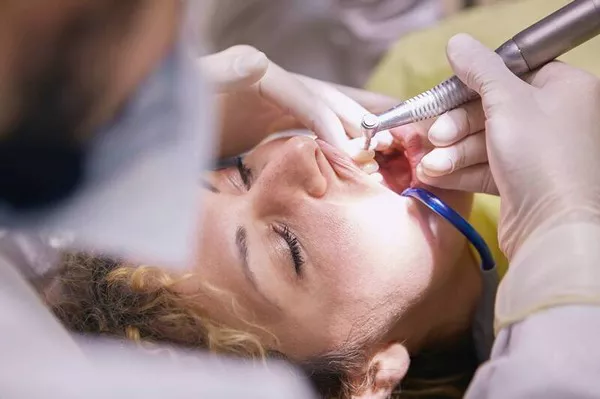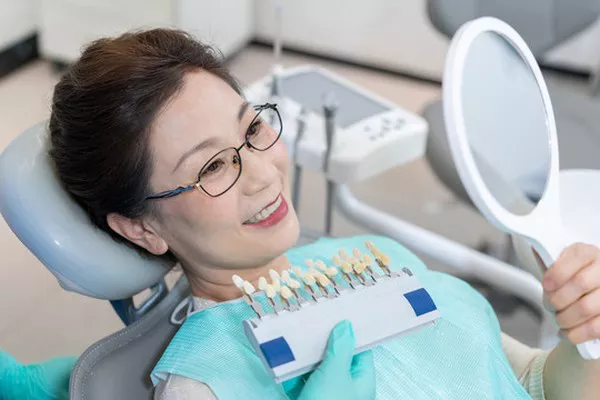Achieving a bright, uniform smile is a common desire for many individuals seeking to enhance their overall appearance. However, when one tooth appears noticeably darker or stained compared to the rest, it can detract from the aesthetics of the entire smile. In such cases, individuals may wonder whether it’s possible to whiten just one tooth to match the surrounding teeth. In this article, we’ll delve into the intricacies of whitening a single tooth, discussing potential methods, considerations, and factors influencing treatment outcomes.
1. Understanding Tooth Discoloration
Causes: Tooth discoloration can result from various factors, including aging, genetics, trauma, medications, and consumption of pigmented foods and beverages.
Types of Discoloration: Discoloration may manifest as intrinsic (internal) or extrinsic (external) stains. Intrinsic stains originate from within the tooth structure and may require different treatment approaches than extrinsic stains, which occur on the tooth’s surface.
2. Can You Whiten Just One Tooth?
Challenges: Unlike whitening natural teeth, targeting a single discolored tooth presents unique challenges. Traditional teeth whitening methods, such as bleaching agents or whitening trays, may not effectively address localized discoloration without affecting adjacent teeth.
Options: While direct whitening of a single tooth may not be feasible in all cases, alternative approaches exist to improve its appearance and achieve a more uniform smile.
3. Potential Methods for Whitening a Single Tooth
Dental Bonding: Dental bonding involves applying a tooth-colored composite resin to the surface of the discolored tooth and shaping it to match the surrounding teeth. The resin can be shade-matched to blend seamlessly with the natural tooth color, effectively concealing discoloration.
Porcelain Veneers: Porcelain veneers are thin, custom-made shells that are bonded to the front surface of teeth to improve their appearance. Veneers can be fabricated to match the desired shade of adjacent teeth, effectively masking discoloration and enhancing smile aesthetics.
Crown Replacement: In cases where the tooth is significantly discolored or structurally compromised, replacing the existing crown with a new one that matches the desired shade may be necessary. This approach ensures a uniform appearance and restores both function and aesthetics.
4. Considerations and Factors Influencing Treatment Outcomes
Consultation with a Dentist: Before pursuing any cosmetic treatment to address a single discolored tooth, it’s essential to consult with a qualified dentist or prosthodontist. They can evaluate the cause and extent of the discoloration, discuss potential treatment options, and recommend the most suitable approach based on individual needs and preferences.
Comprehensive Evaluation: In some cases, addressing the underlying cause of tooth discoloration, such as decay or trauma, may be necessary before pursuing cosmetic treatments. A thorough examination of the tooth’s condition and surrounding tissues is crucial for determining the most appropriate course of action.
Long-Term Maintenance: Following cosmetic treatment to whiten a single tooth, maintaining good oral hygiene habits and attending regular dental check-ups are essential for preserving the results and preventing future discoloration.
Conclusion
In conclusion, while direct whitening of a single tooth may pose challenges, various cosmetic treatments exist to improve its appearance and achieve a more uniform smile. Dental bonding, porcelain veneers, and crown replacement are viable options for concealing discoloration and enhancing smile aesthetics. Consulting with a qualified dentist or prosthodontist is essential for evaluating individual needs, determining the underlying cause of discoloration, and recommending the most suitable treatment approach. With proper care and professional guidance, achieving a brighter, more confident smile is within reach, even when addressing the whitening of just one tooth.
How does led light teeth whitening work
Cold Light Teeth Whitening: Does It Really Work?
Does The Light Teeth Whitening Work































